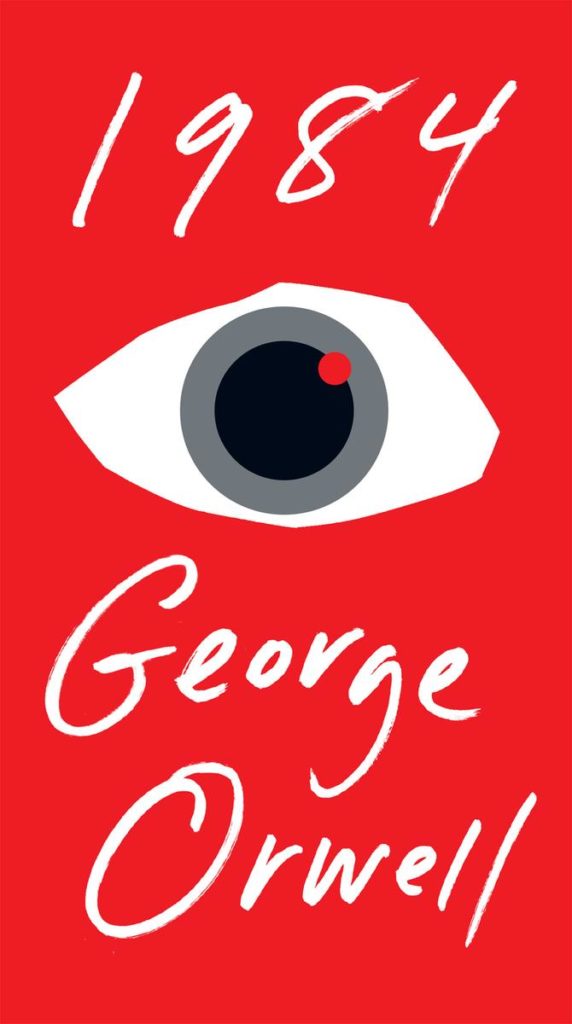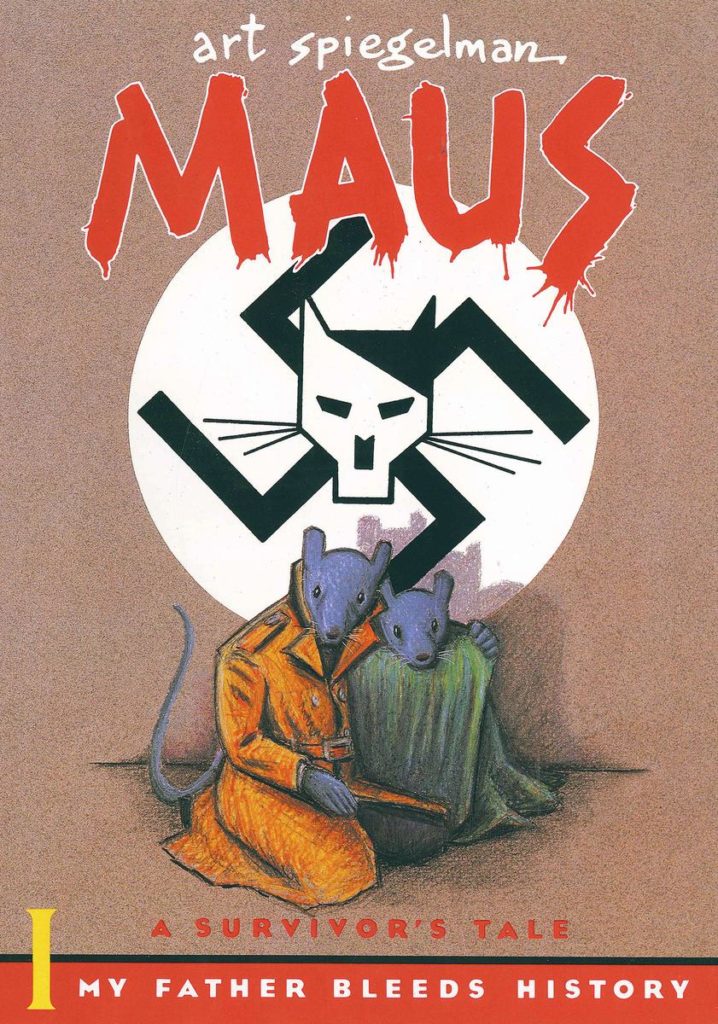Banned books have been a hot topic in 2022, and it’s safe to say this trend will continue. If you don’t have close ties to your local schools or libraries, you may be wondering why books are being banned, and why this subject has been drawing such intense political attention.
Here’s a very brief look at book banning in the U.S. including why books are being targeted, why they matter, and some titles you can read for yourself right now.
Why Banned Books Are Important
Why are so many books being challenged and removed from schools and libraries? The reason provided by those who push to ban certain titles is that these books aren’t appropriate for children. Often, they deal with subjects such as violence, race, gender, and sexuality.
While wanting to protect young people from sensitive topics is a noble enough cause, the impact of book banning is usually more harmful than helpful. With limited access to information and stories about these subjects, students are left in the dark. This can make it more difficult for them to navigate experiences with racism, coming out, sexual assault, or grief.
And although we might like to think that teenagers and even young children don’t have to face such heavy matters, the unfortunately reality is that many of them do.
Banning books that deal with these topics can make it harder for young people to seek help from trusted adults when they’re faced with such obstacles in reality. Representation helps marginalized students feel less alone, and familiarity with concepts like consent and mental health can teach them what to do when they encounter tough situations.
15 Banned Books You Can Read Right Now
I’ve collected a list of 15 of the most banned books of all time. If you’re looking to better understand some of the top challenged titles, you can add these to your reading list.
1. Beloved

Toni Morrison has written several books that are frequently challenged, including The Bluest Eye and Beloved.
This novel confronts the terrible reality of American slavery head-on. Although depictions of racism is one reason Morrison’s books are often flagged, scenes of sexual violence are more often the leading cause of their banning.
The problem is that sexual violence was a part of daily life for enslaved Black women. Trying to prevent the knowledge of that reality from reaching teenagers can contribute to the sugarcoating of this aspect of history, and the erasure of Black stories and voices.
2. To Kill a Mockingbird
Booking banning is usually associated with conservative politics, but the most recent pushback against Harper Lee’s To Kill a Mockingbird is actually coming from left-leaning parents.
Excessive use of racial slurs and depictions of white saviorism are the reasons for challenges to the book’s spot on many required reading lists in 2022.
Arguments against banning To Kill a Mockingbird state that the language used reflects common speech at the time and that removing the book from classrooms deprives students of the chance to discuss the issue of a novel that is often considered to be about racism but is written entirely through a white lens.
On the other hand, challengers ask how Black students in predominately white classes might feel when racial slurs are read aloud by their classmates and teachers.

3. The Color Purple

The Color Purple has been challenged multiple times since its publication for depicting homosexuality, sexual violence, and abuse.
The novel is a story of perseverance as its protagonist, Celie, overcomes physical and sexual abuse, endures racism, and ultimately reclaims her autonomy and reunites with her long lost sister.
Celie’s romantic and sexual relationship with another woman is central to her development as a character. Though sex scenes certainly aren’t appropriate for very young readers, Celie’s story is one of hope for survivors of abuse.
4. Gender Queer
Dubbed “The Most Banned Book in America,” Maia Kobabe’s graphic memoir Gender Queer has been making headlines. The book recounts Kobabe’s exploration of eir sexuality and gender identity. It’s been challenged not only for its LGBTQ+ content, but also because it discusses topics including sexual encounters and masturbation.
The nature of graphic memoirs also means that Gender Queer includes images related to these topics as well. This has made the book even more inflammatory than other banned books that deal with similar subjects.
All that said, Gender Queer is one of a very small handful of books with representation for nonbinary people. Plus, since the focus of the memoir is the author’s experiences while questioning eir identity, it provides unique guidance to young people who are trying to figure out their own sexualities or gender identities.

5. Fun Home

Fun Home is another queer graphic memoir that’s come under fire. It deals with the author’s relationship with her father, as well as her discovery of her sexuality.
Like Gender Queer, Fun Home has been accused of being “pornogrpahic” in nature due to content related to sex and masturbation. For queer youth questioning their identities as well as anyone who is grieving a parent with whom they had a complicated relationship, Alison Bechdel’s memoir can provide relatable insight.
6–8. 1984, Brave New World, and Fahrenheit 451



Ironically, some of the most famously anti-censorship books have been banned repeatedly from public schools. George Orwell’s 1984, Aldous Huxley’s Brave New World, and Ray Bradbury’s Fahrenheit 451 are all classic dystopian novels that have met with extensive criticism and restrictions.
The primary issues raised with these books have to do with explicit content. 1984 and Brave New World both contain sexual content, while obscene language caused complaints to arise around Fahrenheit 451. All three novels also depict substance abuse, and Huxley’s novel deals with suicide.
Alongside these valid concerns, there have also been accusations against these books for being pro-communist (in the case of 1984), anti-family, pro-sex, and anti-religion (a Bible is burned in Fahrenheit 451). However, Orwell, Huxley, and Bradbury’s works show the dangers of totalitarianism in stark relief, making them important reading for students.
9. Anne Frank: The Diary of a Young Girl

If you’re not familiar with the book, it’s hard to imagine why anyone would feel the need to ban Anne Frank’s The Diary of a Young Girl from classrooms. However, the book contains some sexual material, and has been challenged multiple times.
Most recently, a graphic novel adaptation of the book was briefly removed from Texas classrooms before being reviewed and ultimately returned to schools.
The passages that some parents have considered offensive deal with a teenage girl’s experience of her changing body during a traumatic time. Plus, those portions of the story certainly don’t negate the absolutely vital story of Anne Frank. Silencing stories of Holocaust victims erases the experiences of an already decimated community.
10. Maus
Maus is a Pulitzer-Prize winning graphic novel about the Holocaust in which Jewish people are portrayed as mice and Nazis are shown as cats. A Tennessee middle school banned it for profanity, violence, and depiction of a naked character.
Considering the book deals with a violent history that is also an incredibly important history for young people to be aware of, the complaints against violence and profanity fall pretty flat. Not wanting to teach students about the horrific realities of the Holocaust is asking for history to repeat itself.
As for the nudity complaints, all the characters in the book are cartoon-style animals. The content could hardly be called graphic. And again, the scene in question presents the actual experiences of concentration camp victims and survivors. Removing the book from classrooms is an attempt to put a lid on Jewish stories.

11. Looking for Alaska

John Green’s Looking for Alaska includes profanity, depictions of smoking, mentions of pornography, sexual content, and themes related to mental illness and death. It has been challenged primarily over a scene depicting oral sex, but also for the other inflammatory content.
This book was a personal favorite of mine in high school, and I can’t imagine having never had the chance to read it. What has stuck with me more than a decade after reading Looking for Alaska is not any of the “racy” scenes, but the characters’ experiences with grief and trying to make sense of a seemingly senseless loss.
Plus, Green is so adept at capturing teenage angst and that feeling of trying to figure out where you fit in the world. Particularly for teens on the outskirts, all of his books, but especially Looking for Alaska, offer readers a chance to feel seen.
12. Last Night At the Telegraph Club
Malida Lo’s Last Night at the Telegraph Club tells the story of two teen girls living in San Francisco’s Chinatown during the 1950s. They must weather racism due to the Red Scare while also hiding their relationship in a secret lesbian bar called The Telegraph Club.
The book has been challenged in Texas. Although the reason for its proposed removal from schools hasn’t been stated outright, the author speculates that its LGBTQ+ content may be the motivation behind the challenge. Considering the fact that many of the other books being challenged in Texas feature queer characters or subject matter, it’s not an unfounded assumption.

13. Speak

Laurie Halse Anderson’s young adult novel Speak chronicles the experience of a teenage girl after she is raped at a party. It not only takes on a heavy topic that is relevant to high school students, but also depicts the healing process and ultimately ends with a hopeful message.
Speak has been challenged for its graphic content, including scenes of drinking, smoking, profanity, and pre-marital sex. It’s also been accused of being “biased against male students.”
Thankfully, although some schools have temporarily removed Anderson’s novel in the past, it’s back on the the shelves.
14. Annie On My Mind
Annie On My Mind by Nancy Garden is a young adult book about two teen girls who begin a secret romantic relationship together. Notably, Garden has stated that she wrote the book because she wanted to tell a story about queer love that had a happy ending (something that was all but nonexistent when the book was published in 1982).
In the 90’s, a Kansas superintendent ordered that librarians remove Annie On My Mind from schools. This eventually led to a lawsuit and the reinstatement of the novel in the libraries of the school district.

15. Feed

Feed, a young adult science fiction novel by M. T. Anderson, has been challenged for mild sexual content and profanity. However, it’s highly relevant to teens in today’s society.
In Anderson’s novel, humans have implants that give them constant access to the internet. They’re continually bombarded with advertising, not unlike the endless social media feeds that have become integral to our lives.
Feed questions whether the constant barrage of information is a good thing, and looks at the nature of humanity under conditions that really don’t feel that far off from our own.
Conclusion
Hopefully now you have a better understanding of why book banning has gained traction in recent years. Maybe you’ve found some commonly banned books to add to your TBR as well!
Want to see more posts like this one? Make sure to sign up for my monthly newsletter and follow me on Instagram!
Featured Image Credit: Unsplash.

Leave a Reply